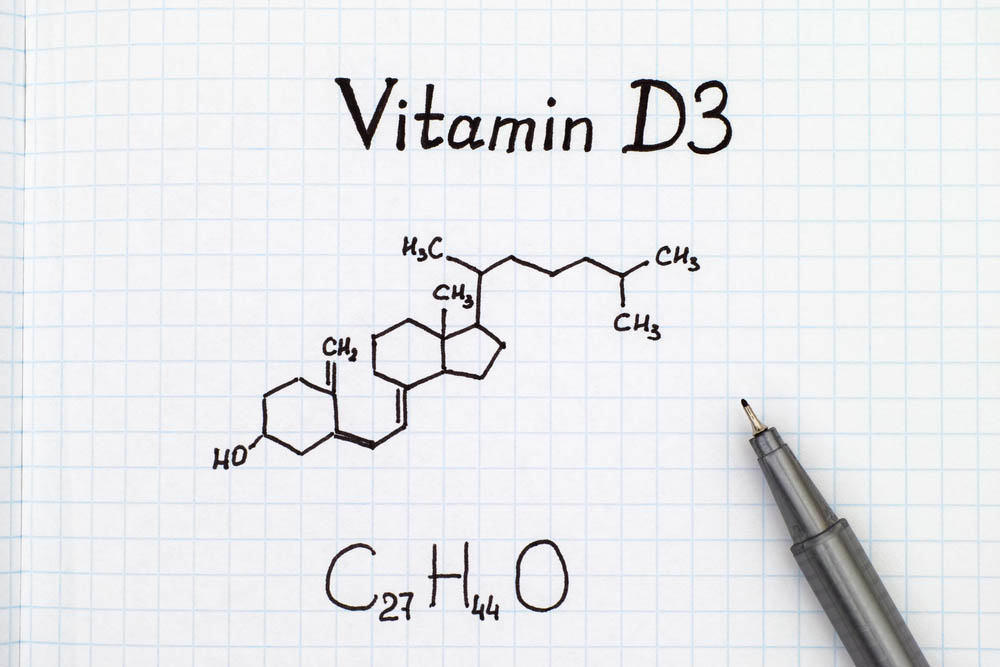Vitamin D has different forms that are all crucial in maintaining your overall health.
However, when it comes to Vitamin D2 and Vitamin D3, many people often wonder what the difference is between the two.
Is one form better than the other? Are there any significant distinctions that could impact your health?
What is Vitamin D?
Vitamin D is an essential nutrient that’s involved in the absorption of calcium and phosphorus, which are necessary for maintaining strong and healthy bones.
This essential nutrient also supports different health aspects, such as:
- Regulating blood sugar levels
- Supporting overall metabolic function
- Promoting proper heart function
- Reducing the risk of cardiovascular diseases
In terms of cognitive function and mood, vitamin D is necessary for optimal brain health and may help reduce the risk of depression.
There are also studies that suggest a link between this nutrient and a decreased risk of certain types of cancers, such as colorectal, breast and prostate cancer.
What’s the difference between vitamin D and vitamin D3?
Both vitamin D and vitamin D3 are important for different bodily functions, but there are some distinctions between the two.
Vitamin D, also known as ergocalciferol or vitamin D2, is found in fungi and yeasts. Food sources for this vitamin include:
- Fortified foods
- Plant-based milk
- Cereal
Vitamin D3, also called cholecalciferol, is produced by your body when exposed to sunlight. In food, you can obtain it in animal-based food sources, such as:
- Fatty fish
- Egg yolks
- Fortified milk
- Dairy products

Similarities between Vitamin D2 and Vitamin D3
Both forms of vitamin D, D2 and D3, share several similarities in terms of their health benefits and metabolic processes. Both D2 and D3 are converted into the active form of vitamin D, calcitriol, in the kidneys, which is responsible for the various physiological functions of vitamin D.
They offer the same health benefits, including the following:
- Supporting calcium and phosphorus absorption for bone health
- Regulating blood sugar levels
- Supporting cardiovascular health
- Helping to improve cognitive function and mood
- Lowering the risk of certain cancers
Which form of Vitamin D is better?
Both vitamin D2 and vitamin D3 offer similar health benefits and are metabolized into the same active form of vitamin D, known as calcitriol.
However, vitamin D3 is more easily absorbed by the body and helps sustain healthy vitamin D levels for longer periods.
Research suggests that vitamin D3 may be more effective at regulating gene expression and stimulating the immune system.
However, the recommended daily intake for both forms varies depending on age and overall health. Excessive intake of vitamin D can lead to toxicity and hypercalcemia, so it’s crucial to follow recommended dosage guidelines and seek medical advice when in doubt.
Consult a healthcare provider to determine the best form and dosage of vitamin D for your needs.
Key takeaway
Vitamin D is crucial for maintaining bone health, supporting immune function, regulating mood, reducing the risk of depression, and supporting cardiovascular health.
Vitamin D2 and D3 are both forms of vitamin D that offer the same health benefits, but D3 is the more effective in being absorbed by the body.
Follow the recommended daily intake of vitamin D based on your age and overall health and consult a healthcare provider before starting a vitamin D regimen, especially if you’re taking certain medications or supplements.




















































